Aloe Vera Bleeding Bright yellow when cut and stinks!
cole_blizard
14 years ago
Featured Answer
Sort by:Oldest
Comments (44)
cole_blizard
14 years agocole_blizard
14 years agoRelated Professionals
Cary Landscape Architects & Landscape Designers · Bowie Landscape Contractors · Fort Myers Landscape Contractors · Galt Landscape Contractors · Madera Landscape Contractors · Metairie Landscape Contractors · Banning General Contractors · Bryn Mawr-Skyway General Contractors · Coos Bay General Contractors · Fort Salonga General Contractors · Leavenworth General Contractors · Williston General Contractors · Bowie Decks, Patios & Outdoor Enclosures · Honolulu Decks, Patios & Outdoor Enclosures · South Milwaukee Decks, Patios & Outdoor Enclosurescole_blizard
14 years agocactusmcharris, interior BC Z4/5
14 years agoblutarski
14 years agomoksha
14 years agocole_blizard
14 years agomadabouteu
14 years agonorma_2006
14 years agobethan
13 years agonotolover
13 years agocuriouscomputer
13 years agopirate_girl
13 years agocitosa
13 years agoparacelsus
13 years agopirate_girl
13 years agonorma_2006
13 years agocactusmcharris, interior BC Z4/5
13 years agojuliebees2009
13 years agonorma_2006
13 years agocactusmcharris, interior BC Z4/5
13 years agocuriouscomputer
13 years agomexicoaloes
9 years agocbesh
8 years agocbesh
8 years agomexicoaloes
8 years agoRoshana Subramaniam
8 years agolast modified: 8 years agojrbhatia2006
7 years agomexicoaloes
7 years agomexicoaloes
7 years agoBusiness_Name_Placeholder
7 years agoBusiness_Name_Placeholder
7 years agolmontestella
7 years agoBusiness_Name_Placeholder
7 years agoBusiness_Name_Placeholder
7 years agocactusmcharris, interior BC Z4/5
7 years agoKaren S. (7b, NYC)
7 years agoUser
7 years agoUser
7 years agolast modified: 7 years agoUser
6 years agoHannah Wranger
6 years agoHannah Wranger
6 years agoShelby Birkhimer
3 years ago
Related Stories
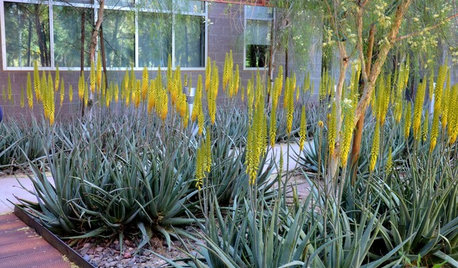
GARDENING GUIDESGreat Design Plant: Aloe Vera
Bright yellow flowering spikes decorate this popular aloe from late winter into spring, much to the delight of hummingbirds
Full Story
HOUZZ TOURSMy Houzz: Humor Lightens Up Midcentury Style in Dallas
A clutter-free decorating philosophy gets a youthful update with bright colors, quirky art and Pac-Man
Full Story
HOUSEPLANTS8 Essentials for Healthy Indoor Plants
Houseplants add so much to our homes — and can thrive when grown in the right conditions. Keep these tips in mind
Full Story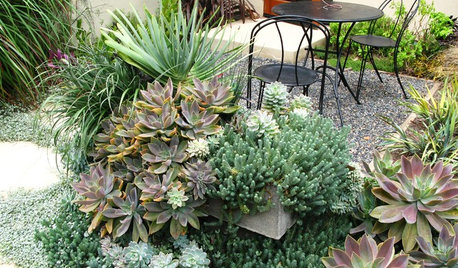
SUCCULENTSAmazingly Low-Maintenance Picks for Outdoor Planters
Turn to succulents, cacti and ornamental grasses to keep your summer watering and care to a minimum
Full Story
HOUZZ TOURSMy Houzz: Enchanting Eclecticism for a Dallas Artist
Collected treasures, an artful mix of materials and one very large tree make for a one-of-a-kind Texas home and studio
Full Story
PAINTINGBulletproof Decorating: How to Pick the Right Kind of Paint
Choose a paint with some heft and a little sheen for walls and ceilings with long-lasting good looks. Here are some getting-started tips
Full Story
MOST POPULARHow to Reface Your Old Kitchen Cabinets
Find out what’s involved in updating your cabinets by refinishing or replacing doors and drawers
Full Story
HOUSEKEEPINGDon't Touch Another Stain Before You Read This
Even an innocent swipe with water may cause permanent damage. Here's what to know about how rugs and fabrics react
Full Story
MOST POPULARFrom the Pros: How to Paint Kitchen Cabinets
Want a major new look for your kitchen or bathroom cabinets on a DIY budget? Don't pick up a paintbrush until you read this
Full Story
HOUSEPLANTS8 Houseplants You Can't Kill
They're forgiving and let you forget. Houseplants don't get any easier than this
Full StoryMore Discussions






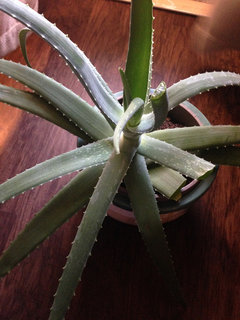
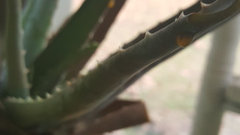

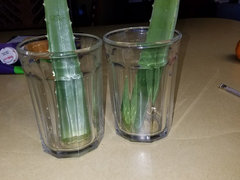


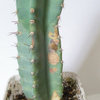
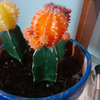
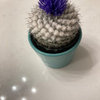
cactusmcharris, interior BC Z4/5